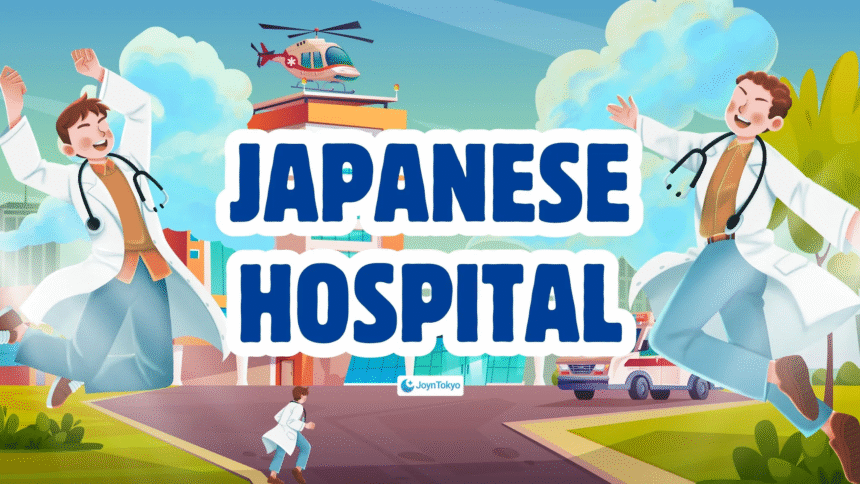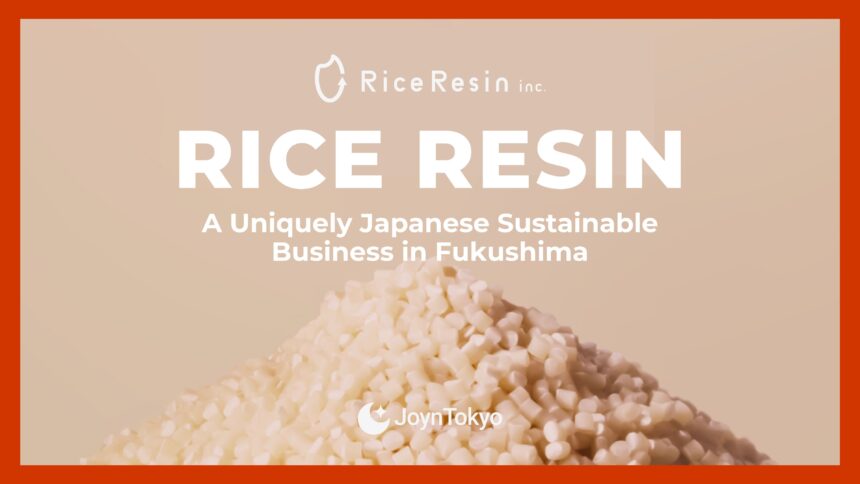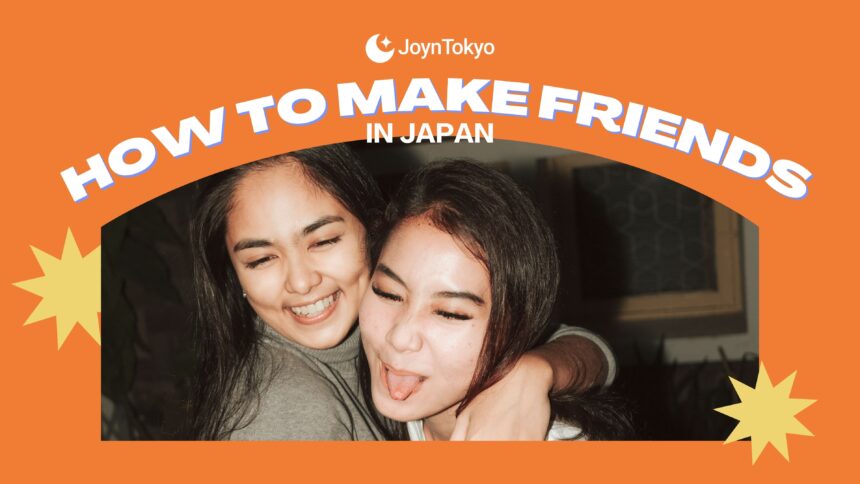Japan’s health-care network is famous for punctuality, spotless wards, and advanced treatment and equipment, yet the system can feel opaque if you do not speak Japanese. This guide breaks down everything, from choosing the right facility to paying the bill, so that you can step up to any reception desk with confidence.
Snapshot: What Makes Japanese Hospitals Different?
Before diving into the details, here are three facts that set expectations.
- Plentiful yet regulated: Over 8,000 hospitals exist in Japan, most privately run, but all bound by a national fee schedule, so that prices stay predictable.
- Insurance matters: National Health Insurance (NHI) or Employees’ Health Insurance covers 70% of costs; you settle the remaining 30% on the day, though arrangements can be made if this is difficult.
- Language support varies: Large urban hospitals often provide English, Chinese or Korean interpretation, but a translation app remains your best safety net.
Understanding the Hospital Landscape in Japan
Every institution falls into categories that influence costs and speed of service.
Public and Private Hospitals
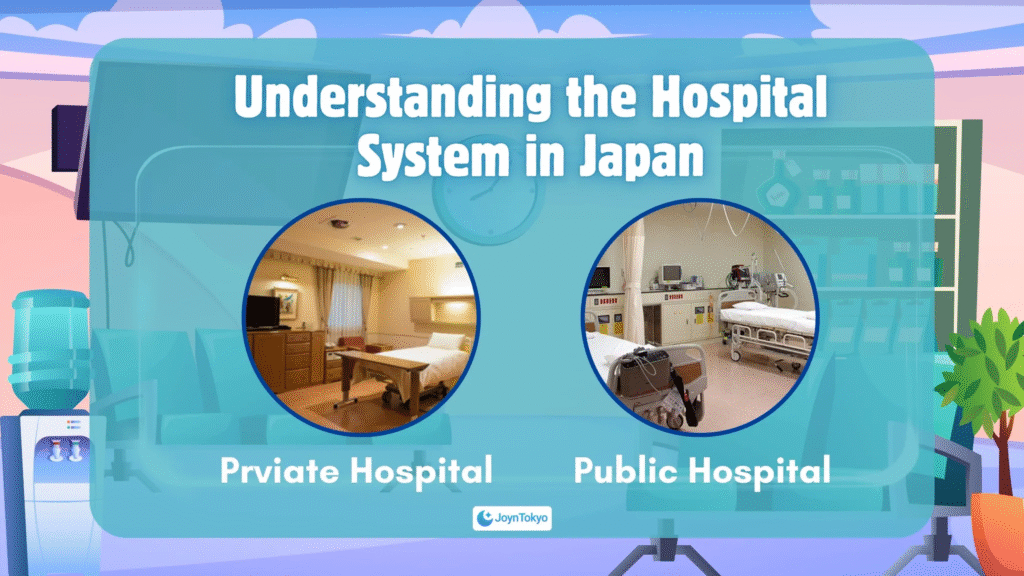
Public hospitals receive government funding and typically host trauma centres, while private ones deliver most routine in-patient care. Fees remain identical because both follow Ministry of Health tariffs.
General Hospitals versus Specialist Centres

A general hospital (*sōgō byōin/*総合病院) hosts dozens of departments under one roof. Arriving without a referral letter (*shōkai-jō/*紹介状) usually triggers a ¥5,000–8,000 surcharge. Specialist hospitals — for example, for oncology, cardiology, children’s health — accept direct appointments when your symptoms clearly align with their field.
Emergency Care Essentials
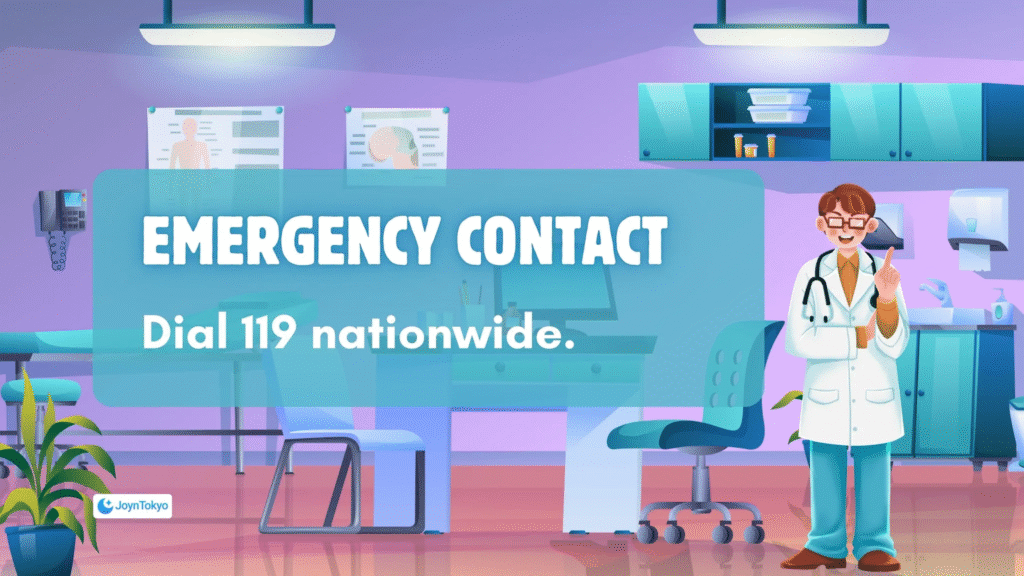
For emergency treatment, dial 119 nationwide for an ambulance. Paramedics assess availability and transport you to the nearest emergency-ready hospital (*kyūkyū byōin/*救急病院). The ride is free: charges begin only once treatment starts.
How to Find an English-Friendly Hospital
Major cities offer multiple search tools, and each prefecture publishes its own directory.
1. Government Hotlines and Portals

Tokyo Metropolitan Himawari lets you filter by language, speciality and night-time opening. For travel outside the capital, the JNTO 24-hour call centre (050-3816-2787) can guide callers to the nearest facility.
2. International Clinics in Tokyo
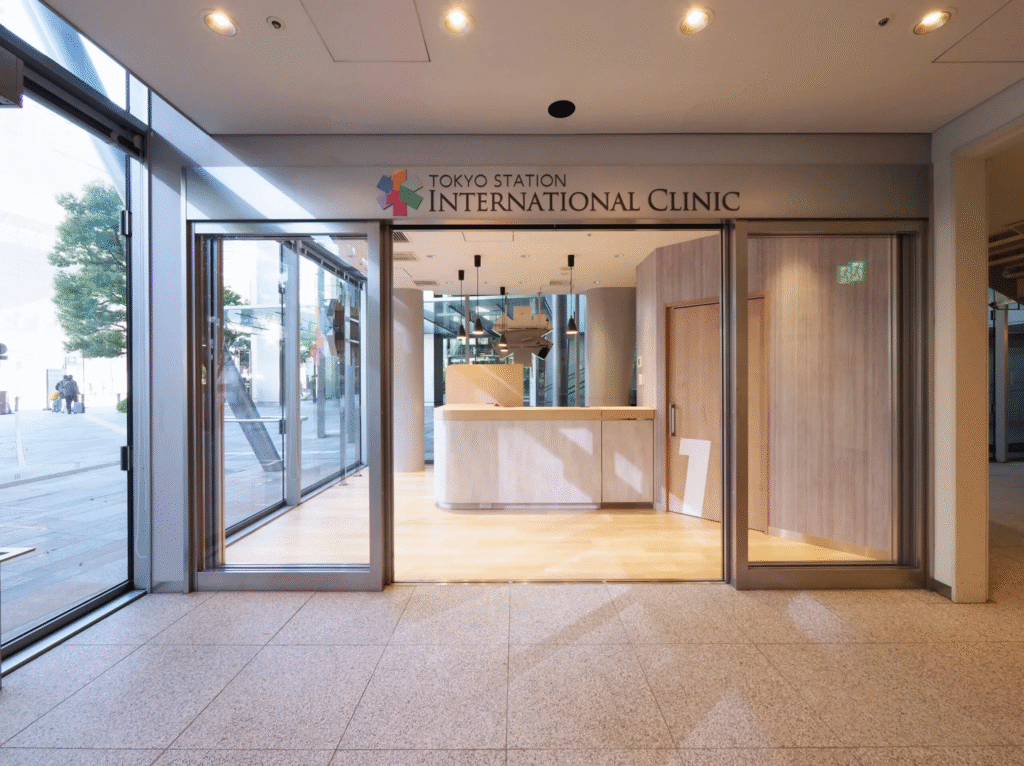
St Luke’s International Hospital, Tokyo Midtown Medical Centre, and the National Centre for Global Health and Medicine top expat shortlists thanks to permanent interpreters. Expect shorter queues, but higher surcharges than municipal hospitals.
3. Prefectural Listings
Each prefecture maintains an English web page detailing emergency hospitals and after-hours clinics — bookmark these before your trip to rural regions.
Preparing for Your Visit: Insurance, Paperwork and Costs
A smooth first visit depends on valid cover and the correct documents.
Insurance Basics
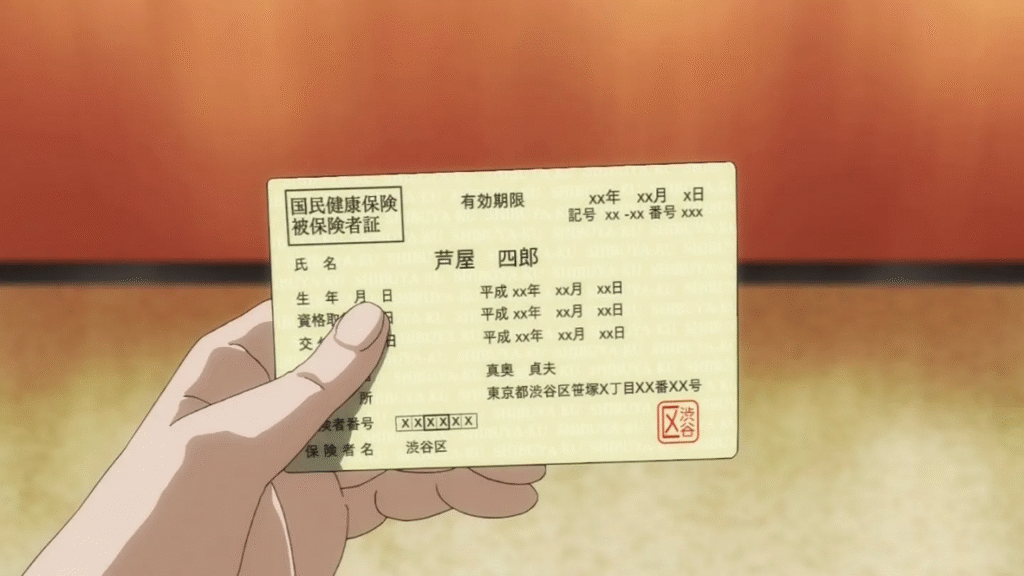
Foreign residents staying longer than three months must join either NHI or Employees’ Health Insurance. Tourists pay full cost, or claim through travel insurance. Show your blue or light-green card at check-in to trigger the subsidy.
Typical Charges & Payment Options
Without insurance, an outpatient consultation starts around ¥10,000. With cover, your co-payment falls to roughly ¥3,000, plus laboratory fees. Most hospitals now accept cash, credit cards, and mobile wallets such as Suica Mobile or PayPay.
Essential Documents
- Passport or Residence Card
- Insurance card or travel policy proof
- Referral letter (if you have one)
- List of current medication (generic names)
- Translation app or bilingual phrase sheet
What Happens Inside the Hospital
Japanese patient flow is highly structured, even in the busiest Tokyo facilities.
Reception and Triage
After completing a short medical questionnaire — often available in multiple languages — you will receive a numbered file and await triage. Keep symptom descriptions concise, because staff can rarely engage in extended conversation in English.
Consultation and Tests
Doctors outline findings using simpler English when possible. If blood work or scans are required, staff will escort you to each department in turn, sokeep your file visible.
Prescriptions and Pharmacies
Hospitals either dispense medicines in-house or issue an external prescription. Under NHI you pay 30% of medication costs. Pharmacists usually provide illustrated dosage sheets.
Visiting In-Patients: Etiquette and Gifts
Hospitals prioritize a calm healing atmosphere.
Visiting Hours
Standard hours are 14:00 to19:00 on weekdays, but are shorter in Intensive Care Units. Remove outdoor shoes if slippers are provided, speak softly, and avoid strong fragrances.
Suitable Gifts
Instead of large bouquets, choose individually wrapped snacks, magazines or a simple greeting card in basic Japanese—“お大事に” (Odaiji ni – get well soon) is widely appreciated.
Aftercare: Rehabilitation, Referrals and Records
Finishing treatment often involves additional steps that will be unfamiliar to newcomers.
Rehabilitation Sessions

Physiotherapy (*rigaku ryōhō/*理学療法) is usually scheduled weekly, with co-pays similar to outpatient visits. For chronic conditions, hospitals issue referral letters so that you can continue care at local clinics, and so avoid the large-facility surcharge.
Requesting English Medical Certificates
If you need documentation for overseas insurers, ask for an English medical certificate (*eigo no ishi-shōmei/*英語の意思証明) before discharge. Processing takes two tothree days and costs ¥5,000–¥10,000.
Hospital Cheat-Sheet
Knowing which facility fits your needs, carrying an insurance card at all times, and preparing basic Japanese phrases turn Japan’s hospital system from daunting to dependable. Urban hubs boast full-service international clinics, while rural prefectures publish English directories online. Fees remain transparent thanks to a national tariff, and considerate etiquette — soft voices, slippers, modest gifts — helps create a positive experience for everyone involved.

